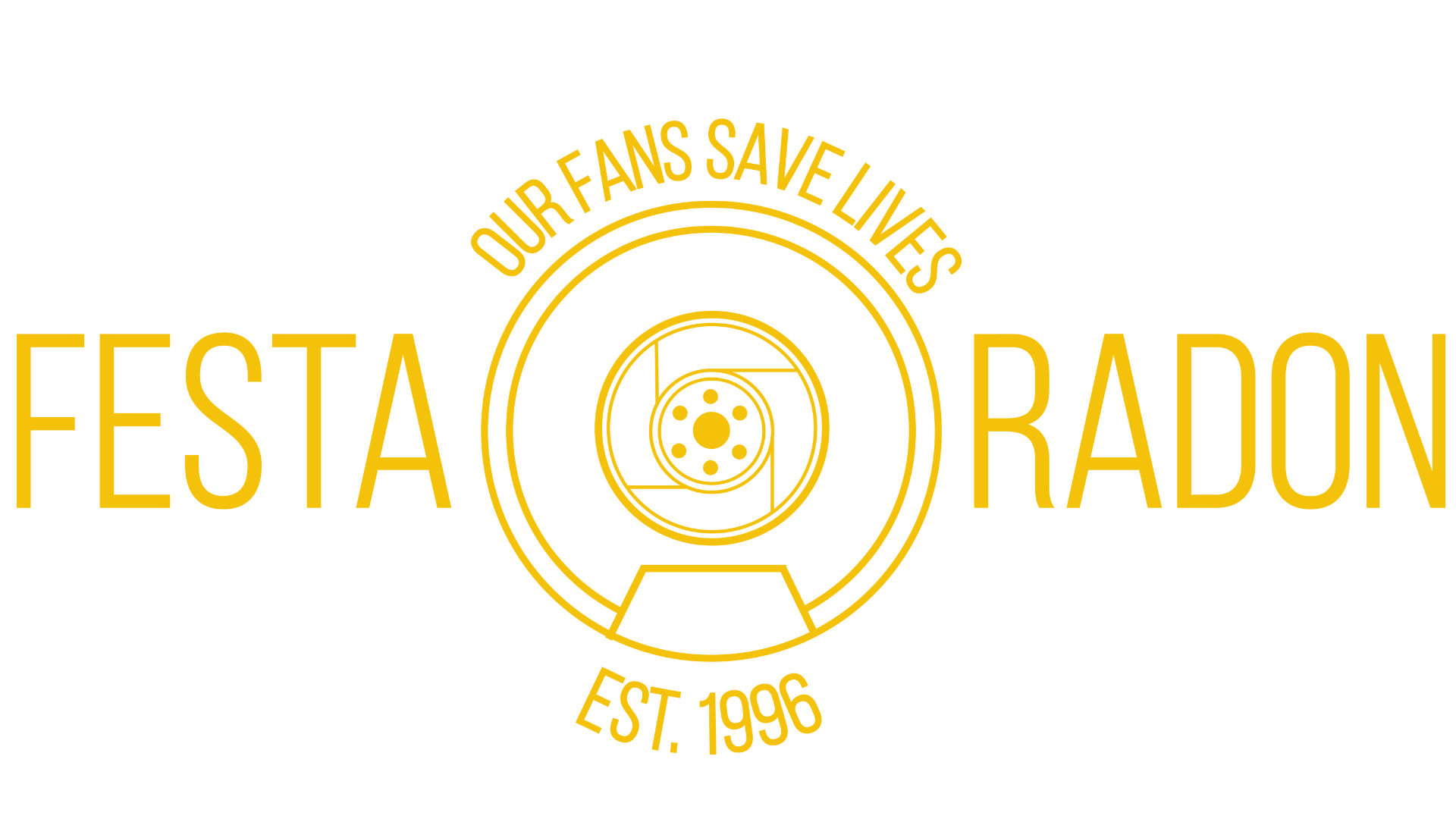
Why You Should Test Your Water for Radon
When you think about radon, if at all, you likely think of the dangers. Radon gas is the result of decaying radium and uranium. Buried underground, the gas eventually rises to the surface, where it disperses. The trouble happens when it enters a home or other structure. The radon can enter and accumulate in a space through cracks and holes in the foundation. Once there, it lingers, and anyone in that space can inhale radon and experience adverse health effects. However, breathing in radon isn’t the only way to encounter it. Learn why you should test your water for radon.
Health and Safety
Radon is a radioactive substance that can cause genetic damage when it enters the body. Extended exposure to radon can lead to cancer. Radon is the leading cause of lung cancer in non-smokers and the second leading cause in smokers.
Radon can be present in water, though mostly in well water since it’s underground. It dissolves into the water, which enters homes through the plumbing. Once there, residents can ingest it or come into contact with it via cooking, showering, and doing laundry. Essentially, you should test your basement or crawlspace for radon and your water supply.
Sneaky Radon
Truthfully, you’re less likely to encounter radon in water than as a gas, and it’s easier to test for the gas than it is for its presence in water. That means you need to be extra vigilant. If your home receives water from a fresh source, like a lake or river, you’re unlikely to find much radon in it since it immediately releases into the air. If you have a well, get the test. Underground water brings the biggest risk.
Hitting You Where You Live
Radon levels vary according to your location. Some regions have lower radon levels than others, but there’s no safe amount of radon to drink and breathe. It may even be possible for your neighbors to have greater or less exposure than you. Test your home for radon, especially if you live in a zone with a high potential for radon exposure.
Next Steps
If you have your air and water tested for radon and it shows a high concentration, take immediate action. You can work with radon mitigation experts to install kits in your basement. Through a pipe and series of fans, the radon moves from beneath your home toward the roof to disperse outside. If your water source contains radon, a charcoal-based filtration unit and an aeration system are best for purifying and making it safe for drinking, bathing, cooking, cleaning, and other uses.
All the above are reasons why you should test your water for radon. If you have further questions about radon testing and mitigation, contact us today for a consultation. We’re one of the leading radon fan manufacturers, offering products and supplies that can reduce radon exposure and raise the value of your home and health.





